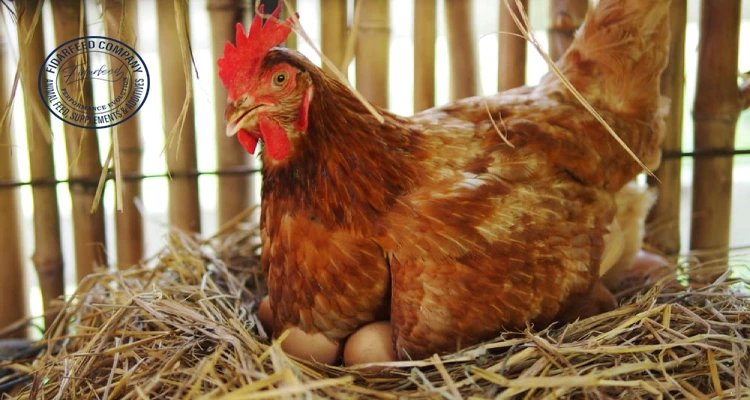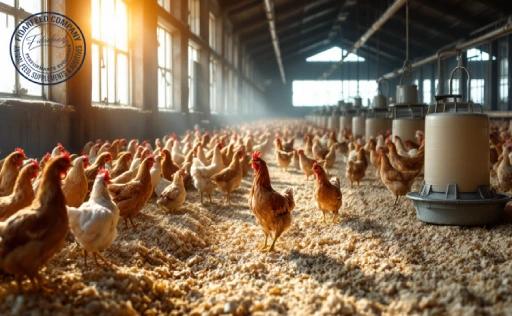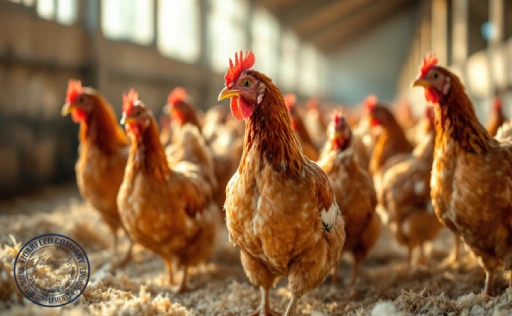Understanding Common Layer Hen Diseases: What Every Breeder Should Know
Common Layer Hen Diseases are one of the biggest concerns facing poultry breeders. Whether you’re running a small backyard setup or a mid-sized commercial farm, disease outbreaks can have devastating effects on productivity, animal welfare, and your bottom line. From respiratory infections to digestive problems and mineral deficiencies, knowing what to look for and how to respond is essential. In this article, we’ll explore the most common diseases in layer hens, how to prevent them, and what treatment options are most effective. Read on to strengthen your flock’s health and secure your investment.
Early Warning Signs You Shouldn’t Ignore
Disease rarely announces itself loudly at the start. Instead, it creeps in through subtle changes: a drop in egg production, unusual droppings, lack of appetite, or hens isolating themselves from the flock. Some signs may seem insignificant at first, but recognizing them early can save time, money, and lives.
Learn more about: Active Probiotic Yeast for Poultry
For instance, sneezing, nasal discharge, and open-mouth breathing might indicate the onset of a respiratory infection. Similarly, pale combs and reduced activity may signal anemia or parasitic infestations. Experienced breeders often say, “The coop speaks; we just have to listen.”
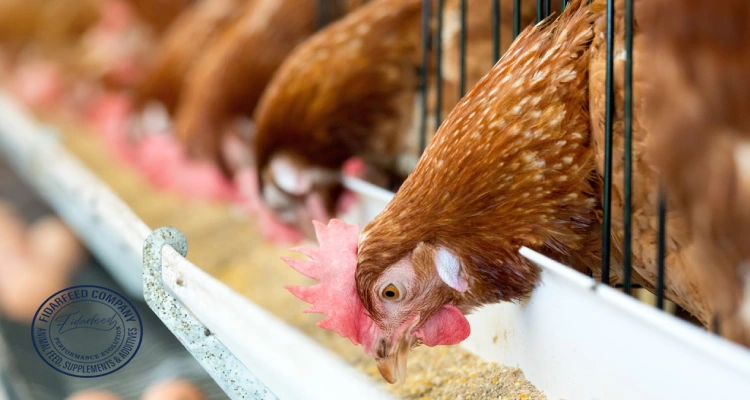
Top Infectious Diseases in Layer Hens and How They Spread
Several infectious diseases commonly affect layer hens. Infectious Bronchitis, Newcastle Disease, and Avian Influenza are viral illnesses that spread rapidly through contaminated air, feed, or water. Bacterial diseases such as Fowl Cholera and Mycoplasmosis can enter your flock through infected birds, rodents, or contaminated equipment.
Learn more about: Boost Your Egg Production with Classica Layer Chickens
Parasitic infections like Coccidiosis are often transmitted through litter or droppings. Understanding transmission pathways helps you break the chain of infection. For example, isolating new birds for at least 2 weeks before adding them to the flock is a proven method to prevent disease introduction.
Nutritional Deficiencies That Weaken Layer Hen Health
Not all diseases stem from external pathogens. Sometimes, the root cause is nutritional imbalance. Calcium deficiency can result in weak eggshells and bone disorders. Lack of vitamin D impairs calcium absorption, compounding the issue. Similarly, insufficient protein can lead to poor feathering and reduced egg production. A well-balanced diet tailored to the layer hen’s lifecycle is non-negotiable. For example, layers in peak production require higher levels of calcium and phosphorus compared to younger pullets. Quality feed supplements and mineral mixes can play a vital role in maintaining optimal health and performance.
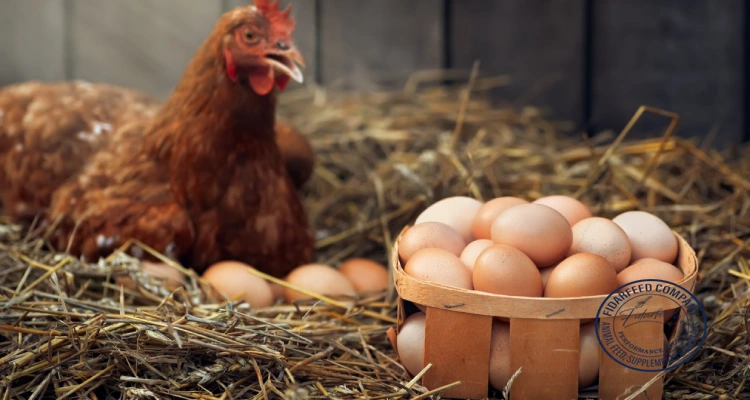
Effective Prevention Strategies to Keep Your Flock Safe
An ounce of prevention is worth a pound of cure—this couldn’t be more accurate in poultry farming. Key prevention strategies include vaccination programs, regular cleaning schedules, and stress management. Stress lowers immune responses, making hens more susceptible to infections.
Learn more about: Why Poultry Producers Trust Bentonite in Layer Feed
Avoid overcrowding, maintain stable temperatures, and ensure proper ventilation. Use clean, dry bedding and rotate litter when needed. Water should always be fresh and clean to avoid bacterial buildup. Many breeders also use natural additives like oregano oil or garlic extract in water to boost immunity.
Treating Common Layer Hen Diseases: What Works and What Doesn’t
Treatment varies depending on the disease, and it’s vital to get the diagnosis right. For respiratory illnesses, antibiotics might help if the cause is bacterial, but they are useless against viruses. Dewormers are effective against internal parasites like roundworms or tapeworms but should be administered according to a veterinarian’s instructions.
Learn more about: Exploring Layer Breeder Chicken Breeds: Characteristics and Benefits of Each
Overuse or incorrect use of antibiotics can lead to resistance and egg withdrawal periods, so treatment must be measured and informed. Herbal remedies and probiotics can support recovery but shouldn’t replace targeted medication when it’s needed.

Biosecurity Measures That Prevent the Spread of Layer Hen Diseases
A strict biosecurity protocol is one of the best defenses against disease. This includes controlling who enters your farm, using footbaths at entry points, and disinfecting tools and equipment regularly. Never share tools or cages between different flocks without sanitizing them first.
Learn more about: 10 Effective Methods to Control Temperature in Layer Chicken Housing
Make it a rule for staff and visitors to change footwear and wash hands before contact with birds. Implementing “all-in, all-out” management—where all birds are removed before new ones arrive—helps break disease cycles. Clean and rest the facility between flocks whenever possible.
Veterinary Help and When to Seek It for Sick Layer Hens
Many breeders try to manage mild symptoms independently, but knowing when to consult a veterinarian is crucial. If symptoms persist for more than 48 hours, if multiple birds show signs at once, or if mortality begins to rise, it’s time to get professional help.
Learn more about: Understanding Chicken Feed Stages: A Complete Guide for Poultry Farmers
A vet can provide accurate diagnostics, recommend targeted treatments, and help formulate vaccination or nutritional plans to prevent recurrence. Timely veterinary intervention can be the difference between a small setback and a full-blown outbreak.
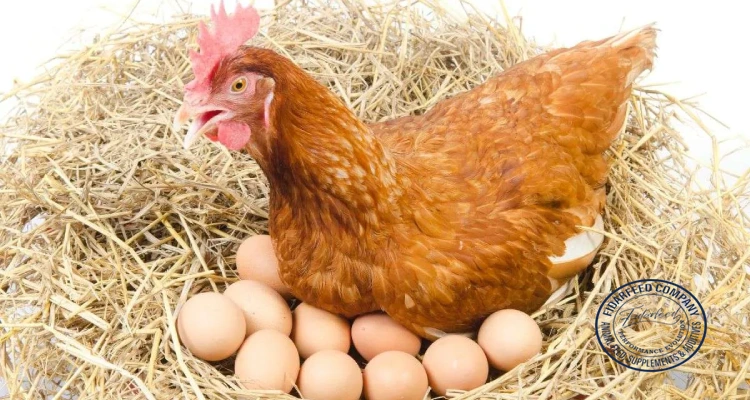
Final Thoughts: Healthy Hens Start with Early Prevention and Proper Treatment
Healthy layer hens are the backbone of a successful poultry operation. Understanding common layer hen diseases, recognizing early symptoms, applying effective prevention strategies, and treating problems appropriately are all part of responsible breeding. By staying informed and proactive, you not only protect your flock but also ensure consistent production and peace of mind. Have questions, insights, or experiences to share? Join the conversation in the comments—your input could help fellow breeders succeed too.

